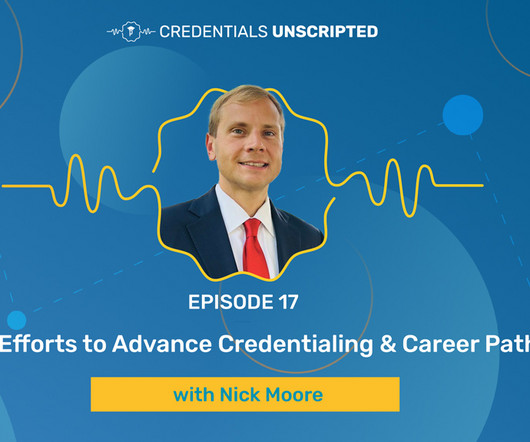Adult learners: Who they are & what they want from college
EAB
SEPTEMBER 20, 2023
Hear EAB’s latest research on the characteristics of the adult learner market We’ve rounded up a few quick facts about adult learners—check them out below. Whatever a student’s motivations for enrollment might be, it’s important that enrollment marketing teams understand student intent and can tailor marketing messages accordingly.












Let's personalize your content